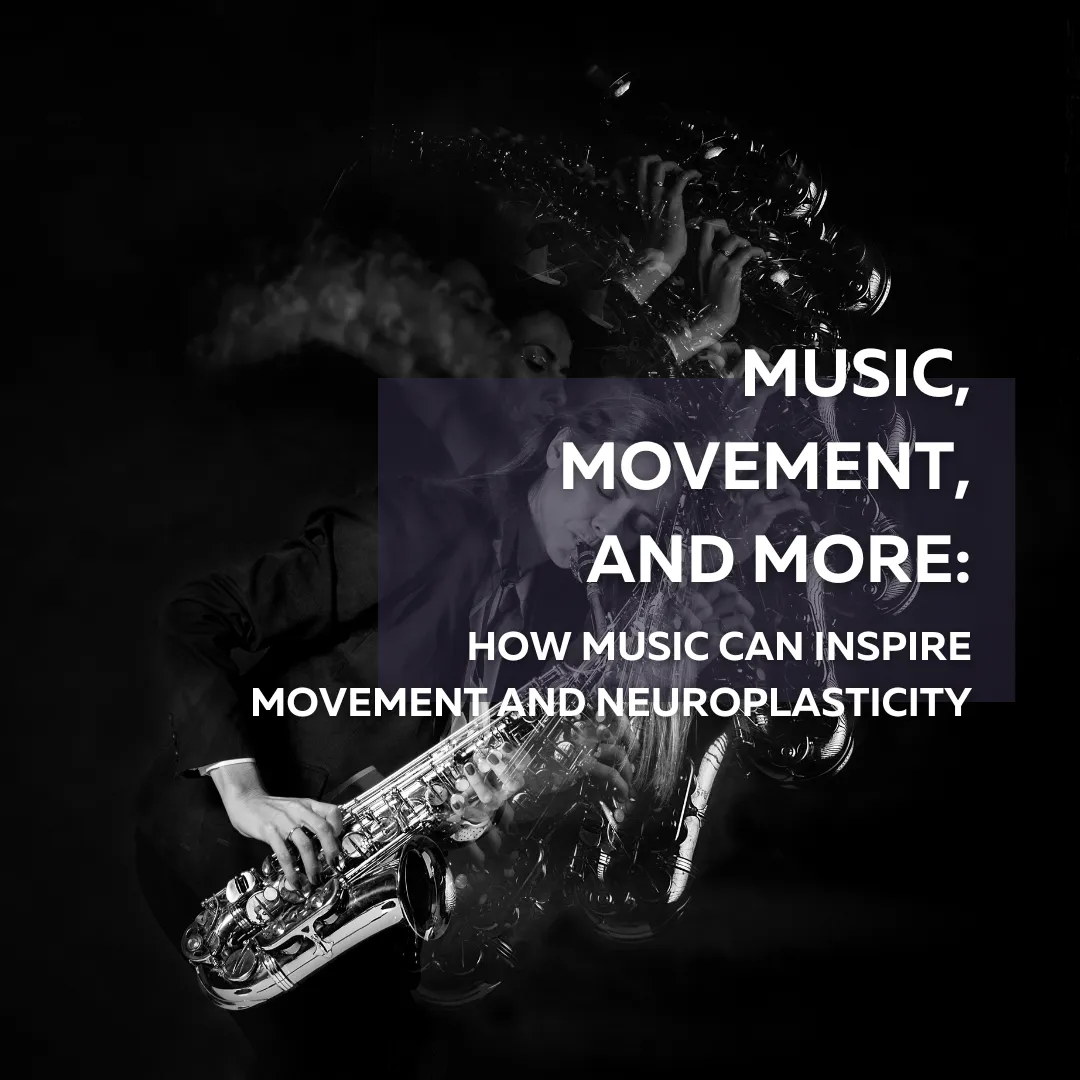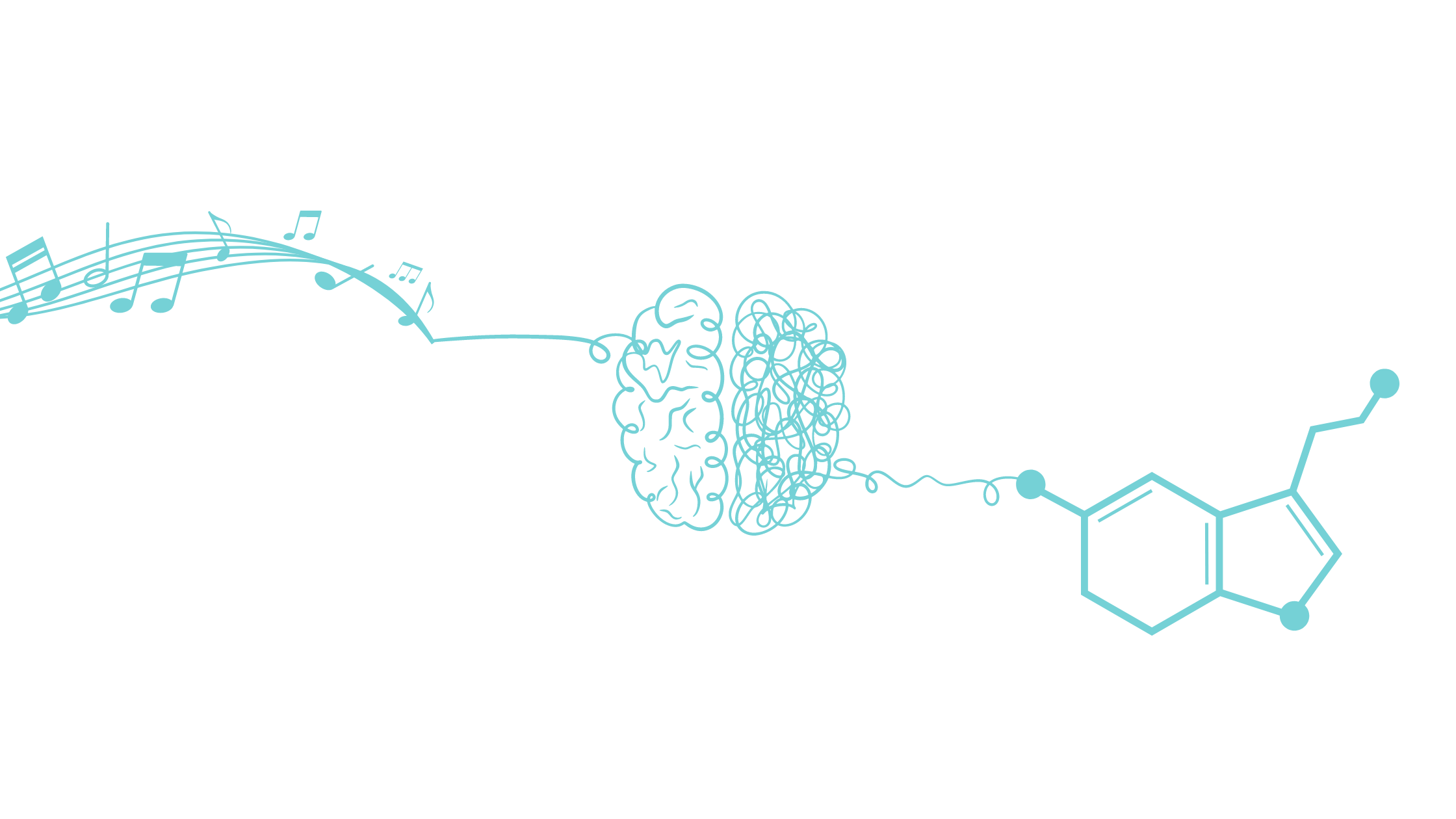
Music, Movement, and More: How Music Can Inspire Movement and Neuroplasticity
Dive into the science behind music and the brain, specifically how music can enhance performance and recovery.
From the moment your ears developed, you’ve heard the music of the world. Whether it was the steady beat of your mother's heart or the muffled sounds of laughter from beyond the womb, music has been your constant companion.
Music is more than just sound—it's a universal language that speaks directly to our brains and bodies. In today's article, we'll uncover the fascinating ways in which music influences our physiology, psychology, psychophysiology, and brain function, particularly in the context of exercise.
Psychological Impact of Music
Long before spoken language, music served as humanity's emotional soundtrack, evoking everything from joy to fear with its rhythmic cadence and melodic tones.
Emotional Resonance: Consider how a haunting melody or an upbeat tune can instantly shift your mood. Music taps into our brain's electrical and chemical pathways, releasing neurotransmitters like dopamine and serotonin that elevate our spirits and reduce stress.
Motivational Boost: Beyond mood enhancement, music can fuel our drive and determination during workouts. By directly influencing premovement and movement circuits within the brain, it initiates a drive to move from one place to another, translating into motivation.
Cognitive Benefits: Music delays mental fatigue through dissociation, allowing us to sustain focus and performance over extended periods of physical exertion.

By enhancing mood, motivation, and cognitive function, music proves itself a powerful ally in maximizing workout effectiveness and overall well-being.
Psychophysiological Effects of Music
The mind-body connection is profoundly influenced by music, which can alter our perception of physical effort and enhance workout enjoyment.
Perceived Exertion: Music reduces the sense of physical strain, making challenging workouts feel more manageable and less exhausting.
Dissociation and Distraction: Engaging melodies divert our attention from bodily discomfort, making time fly during exercise sessions and encouraging longer, more productive workouts.
Fatigue Management: By redirecting focus from physiological signals like increased heart rate and muscle fatigue, music helps us maintain endurance and performance levels.
Music's psychophysiological effects not only optimize physical performance but also promote a positive exercise experience by minimizing perceived effort and maximizing engagement.
Physiological Impact of Music
The marriage of music and movement is ancient and profound, influencing everything from heart rate to neurochemical activity.
Cardiovascular Affects: Music synchronizes with bodily rhythms, increasing heart rate with high tempos and enhancing circulation to meet the demands of physical activity.
Muscle Activation: Rhythmic beats stimulate muscle activation, improving coordination and efficiency in movement.
Neurochemical Response: Music triggers the release of catecholamines and epinephrine, facilitating energy mobilization and enhancing overall physical readiness.
Brainwave Modulation: By decreasing theta wave activity associated with relaxation, music heightens cognitive focus and motor coordination, optimizing workout efficiency.
Music's physiological effects, influenced by tempo and personal preference, play a crucial role in preparing the body for exercise, promoting recovery, and enhancing movement efficiency.
For more information, check out this podcast.
Brain Regions Activated By Music
Behind every beat and melody lies a symphony of brain regions orchestrating our response to music, from auditory processing to emotional resonance.
Auditory Processing (Temporal Lobe): Music begins its journey here, where rhythmic patterns and melodic structures are decoded and interpreted.
Rhythmic Coordination (Cerebellum): The cerebellum ensures precise timing and coordination of movements in response to musical rhythms, facilitating dance and physical synchronization.
Emotional and Memory Centers (Amygdala and Hippocampus): Music evokes emotional responses and triggers vivid memories, enhancing our connection to the present moment and past experiences.
Movement Control (Basal Ganglia): Essential for motor coordination, the basal ganglia synchronize movement initiation with musical cues, promoting fluidity and grace in physical activities.
By activating these diverse brain regions, music not only inspires movement but also enhances neuroplasticity, fostering the creation of new neural pathways that improve cognitive-motor skills and emotional well-being.

In essence, music is more than background noise—it's a powerful catalyst for movement, motivation, and neuroplasticity. Whether you're seeking to elevate your workout routine or simply enhance your daily life, harnessing the transformative power of music can lead to profound physical and mental benefits. So, next time you find yourself tapping your foot to the beat or losing yourself in a favorite song, remember: you're not just listening to music—you're actively engaging your brain and body in a harmonious dance with life's rhythm.
Want to learn more?
Your Brain on Music
The Influence of Music Preference on Exercise Responses and Performance: A Review
How to Use Music to Boost Motivation, Mood, and Improve Learning
